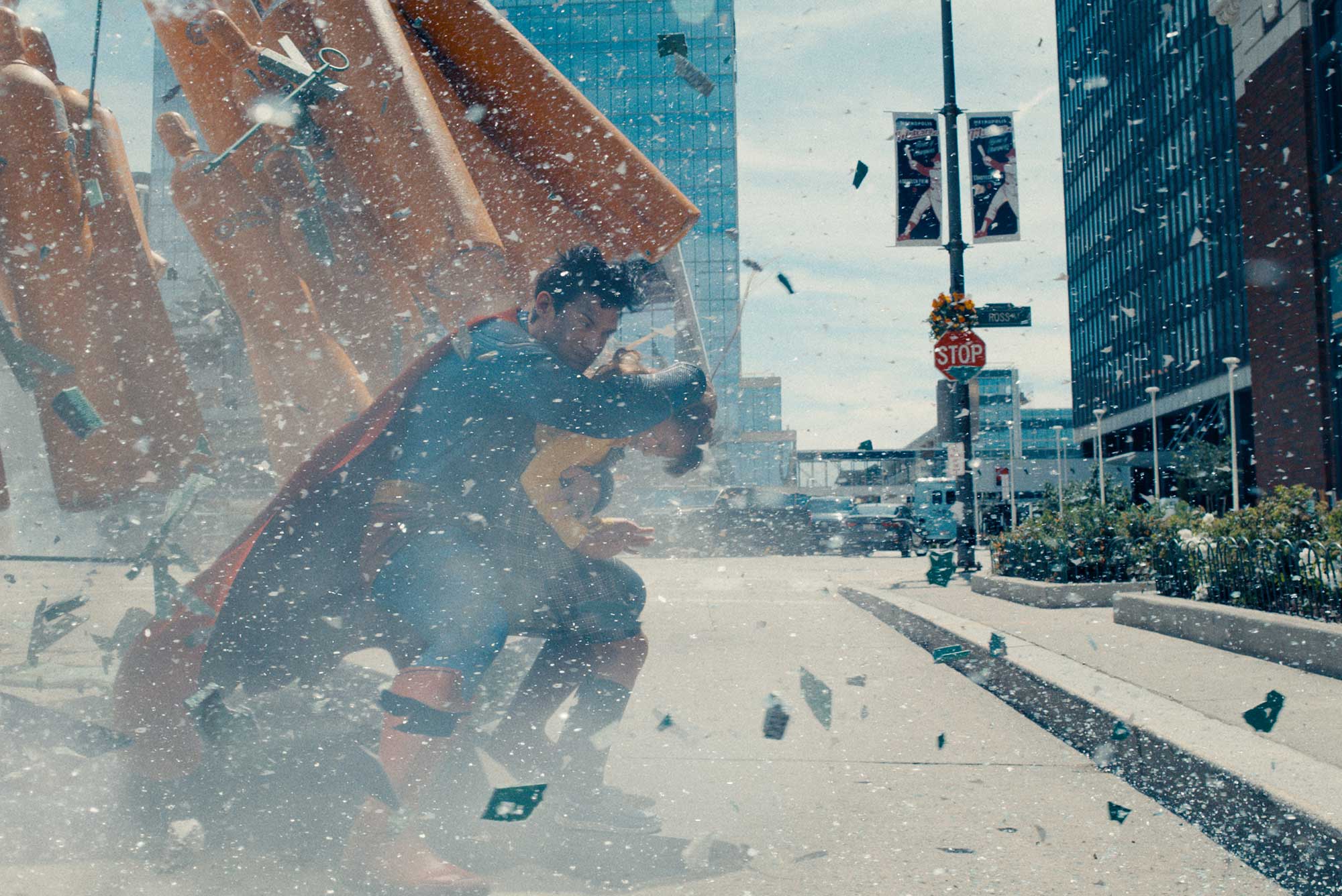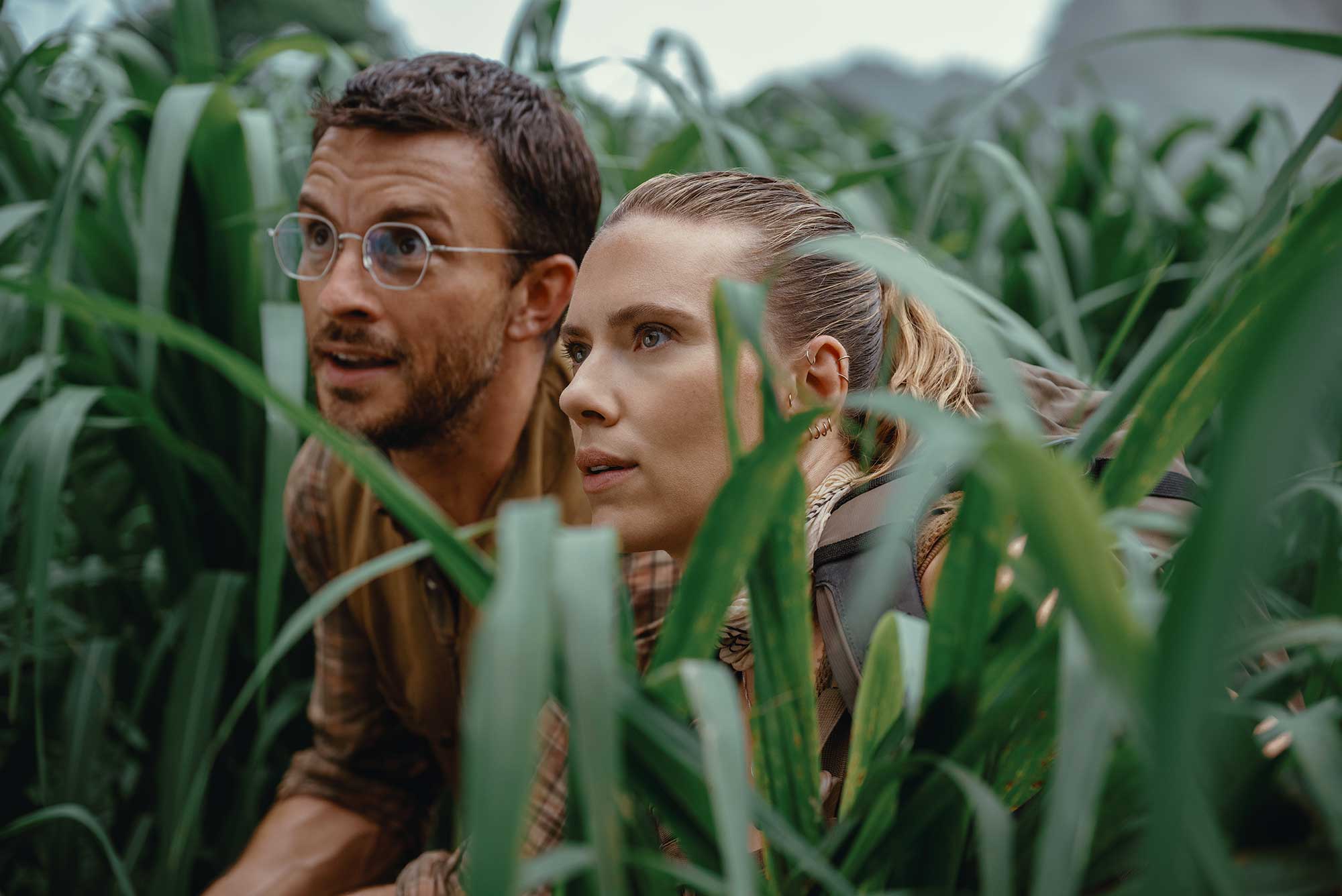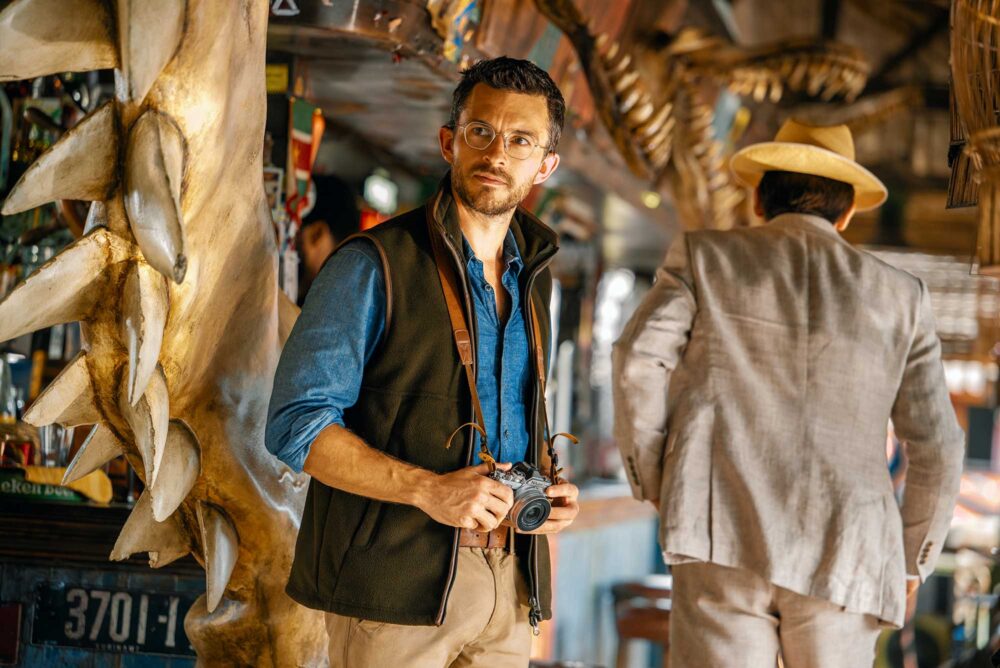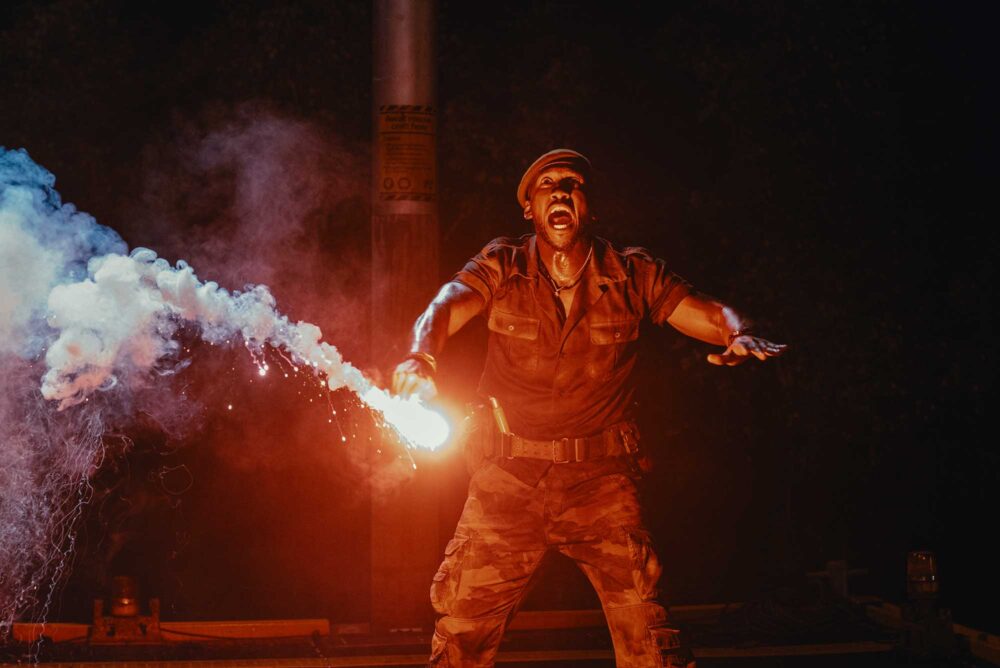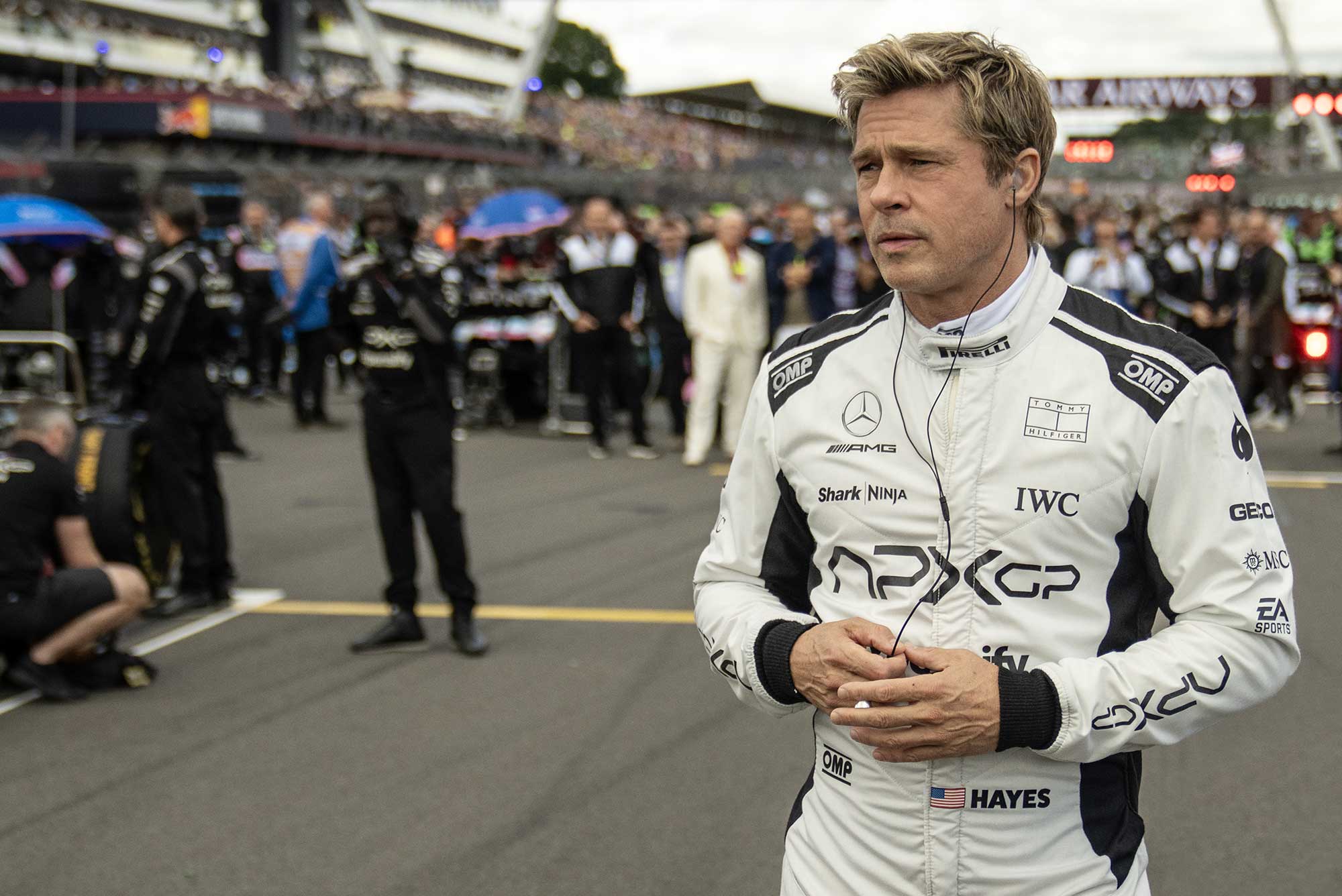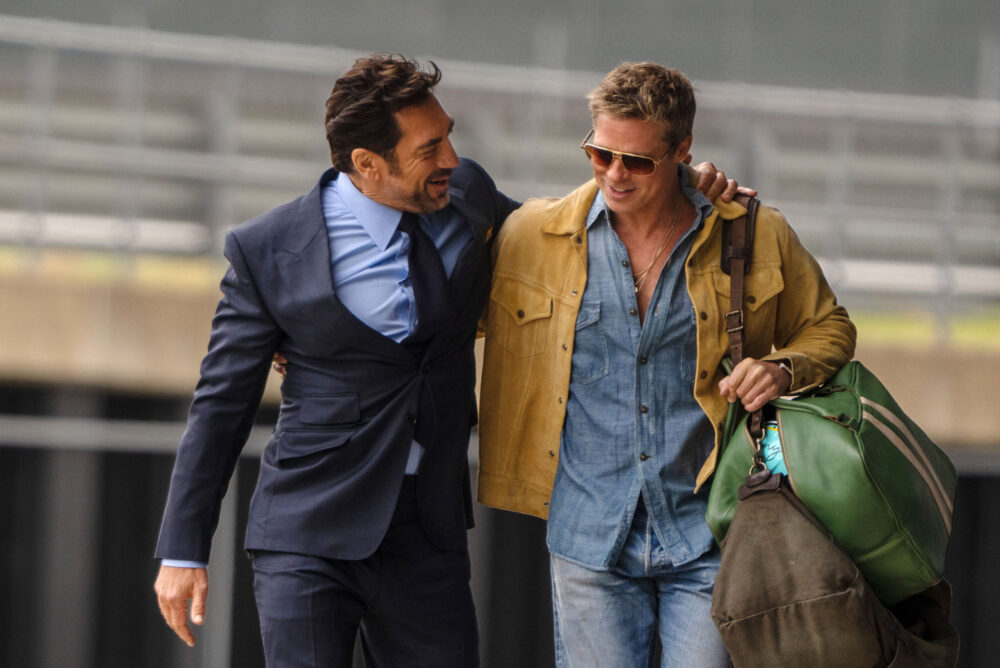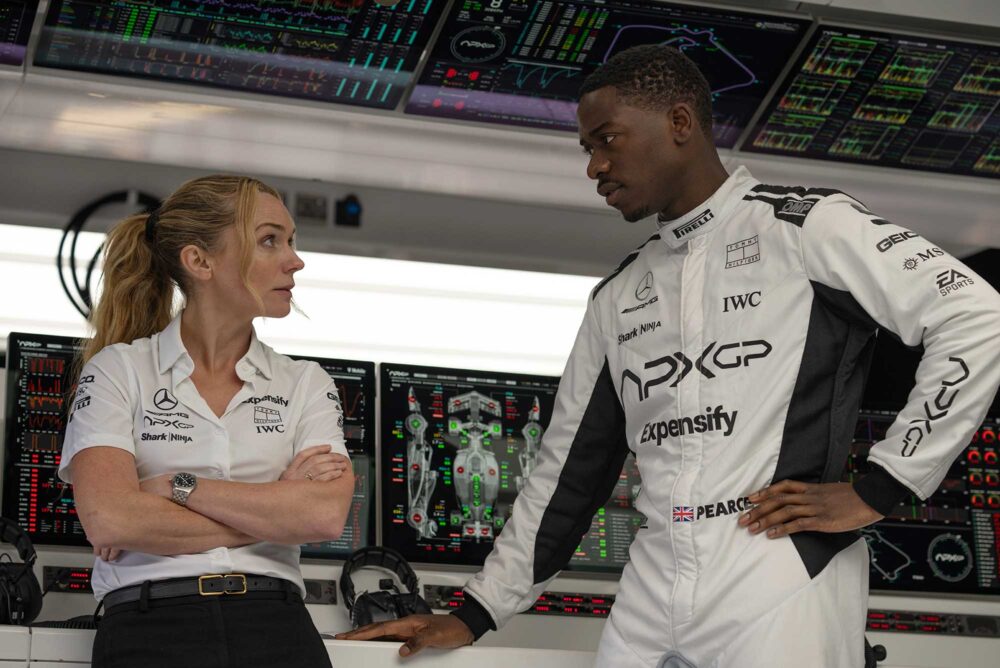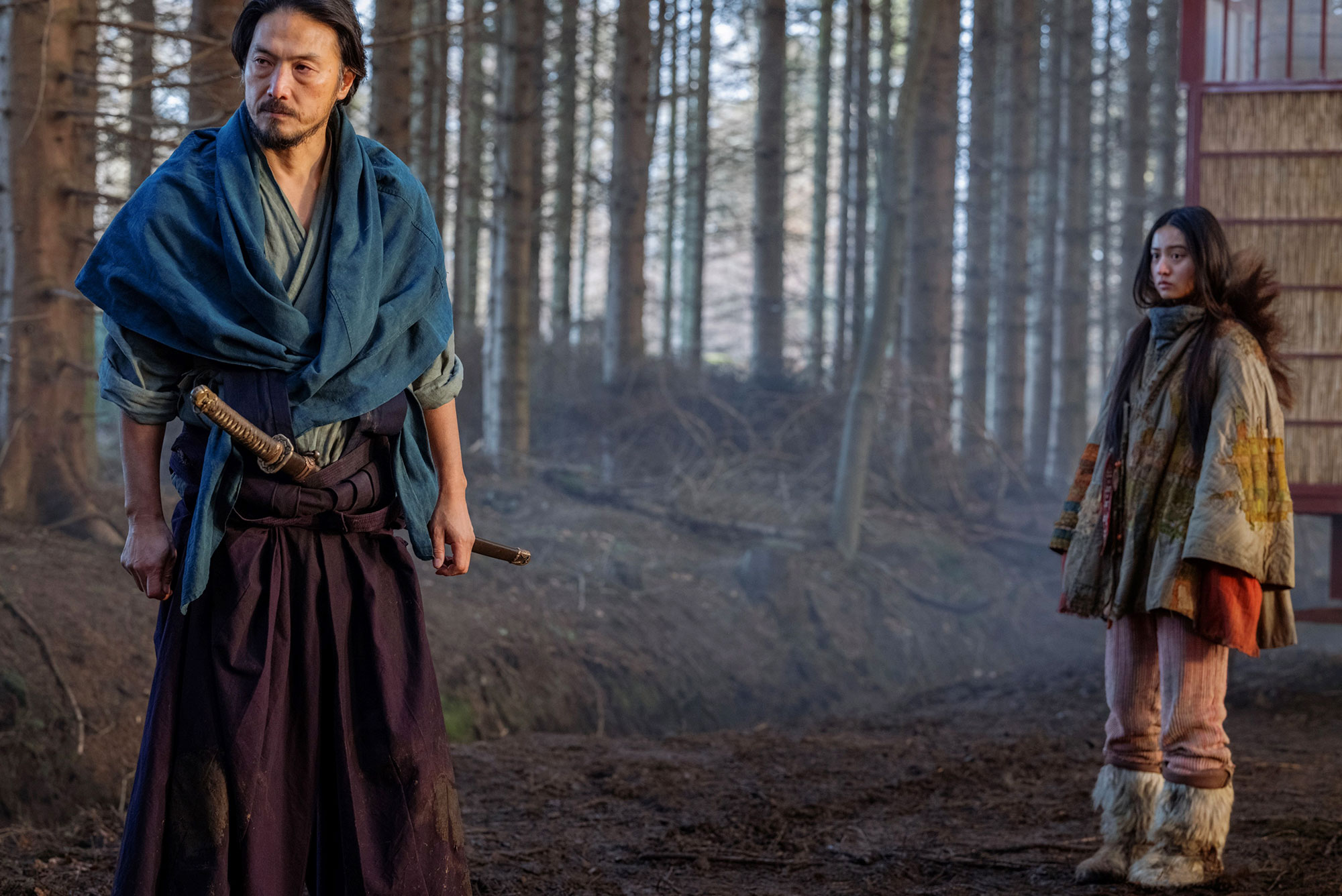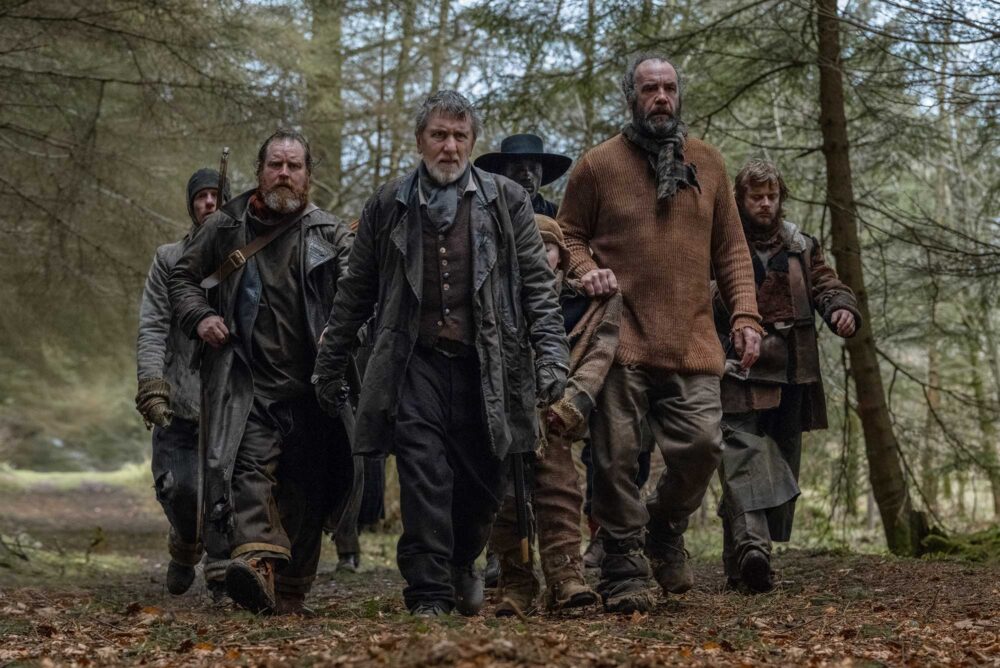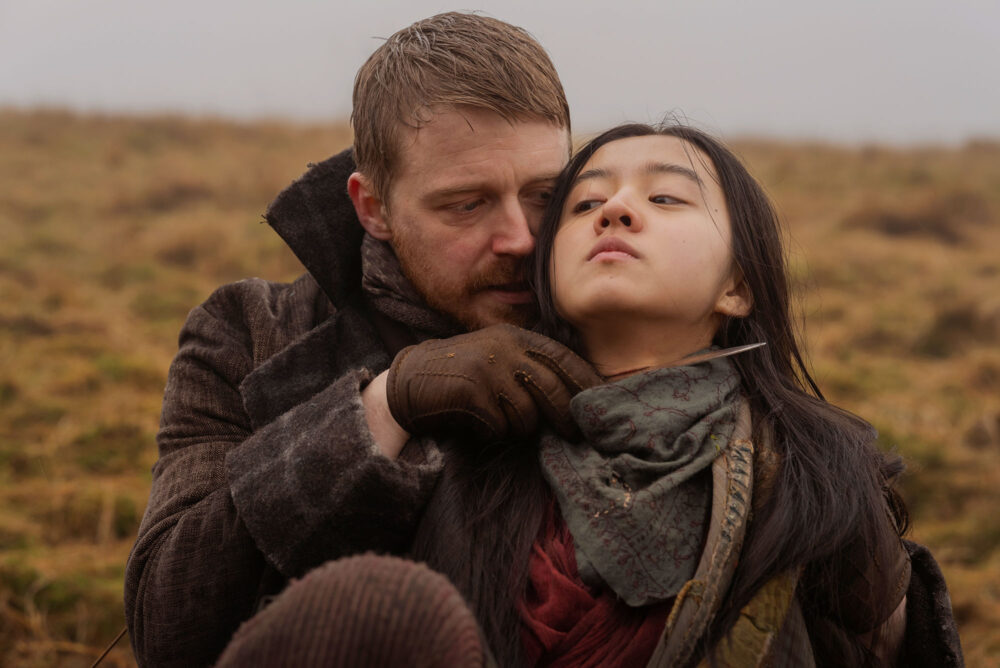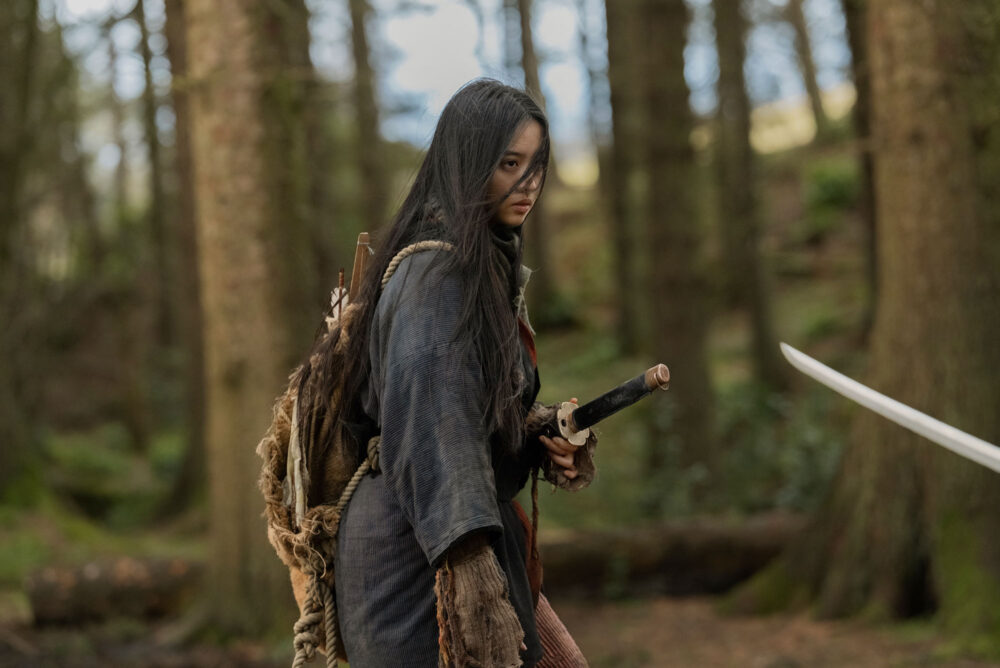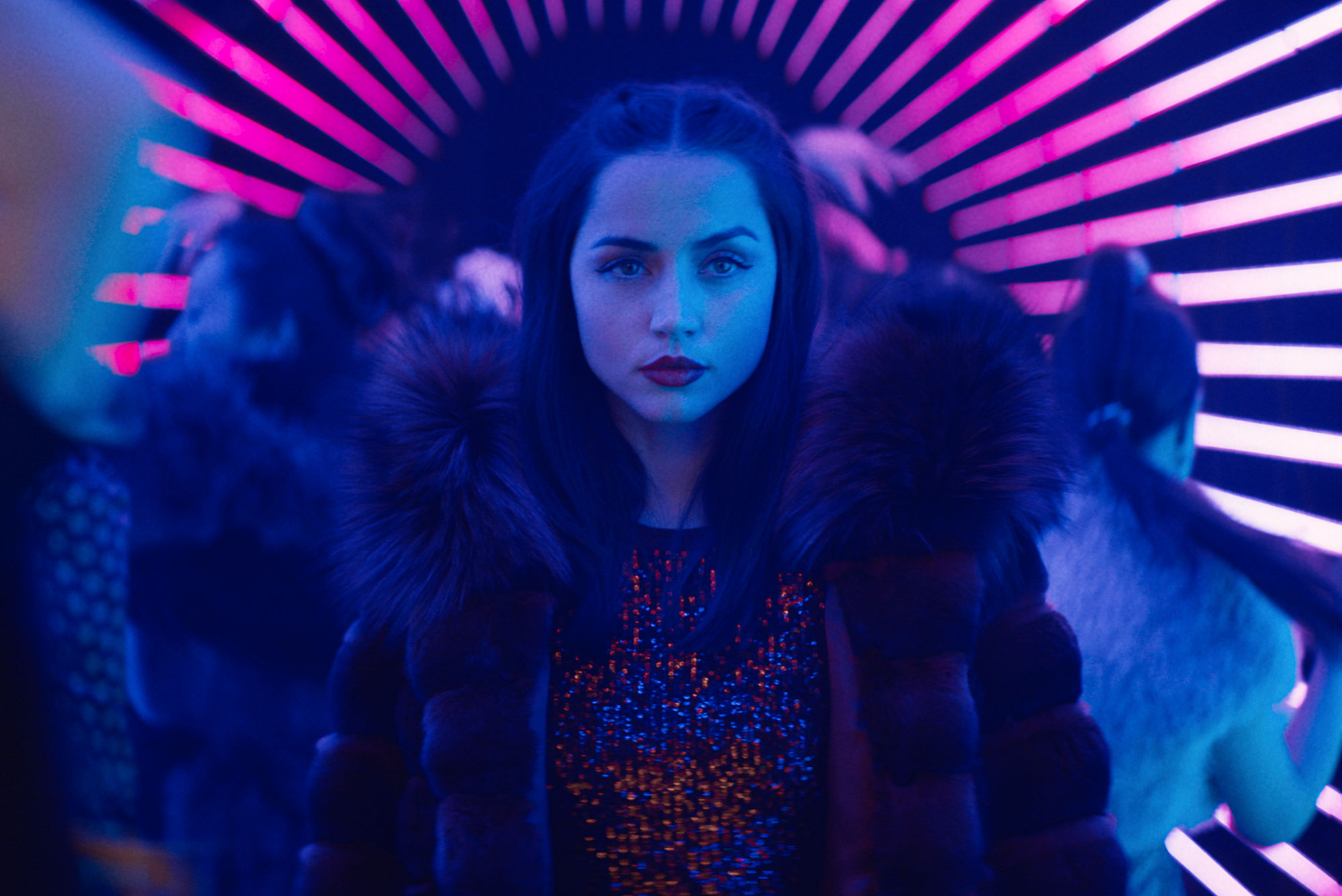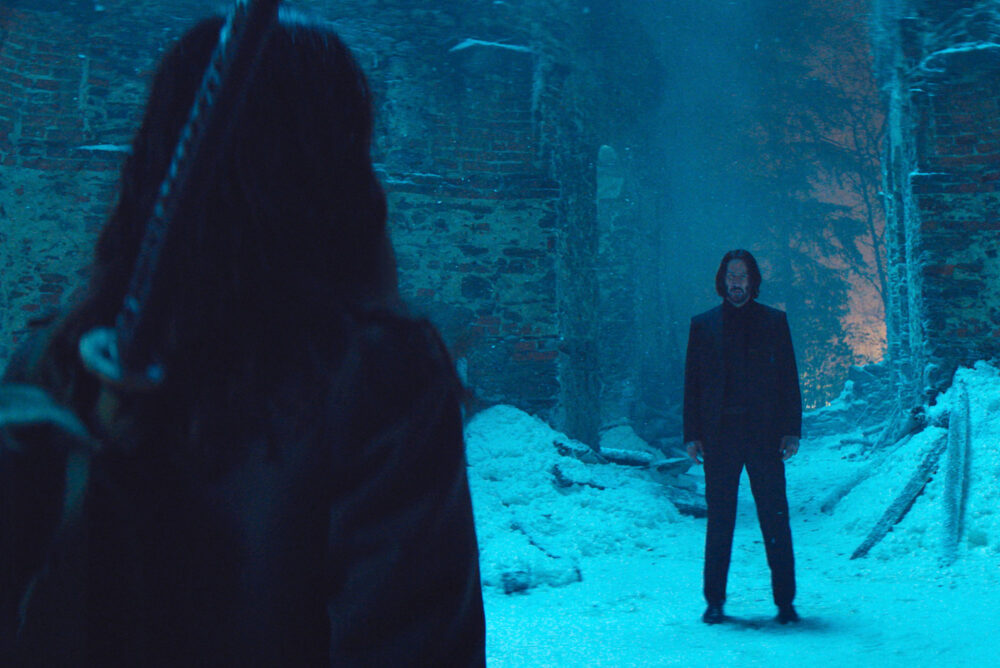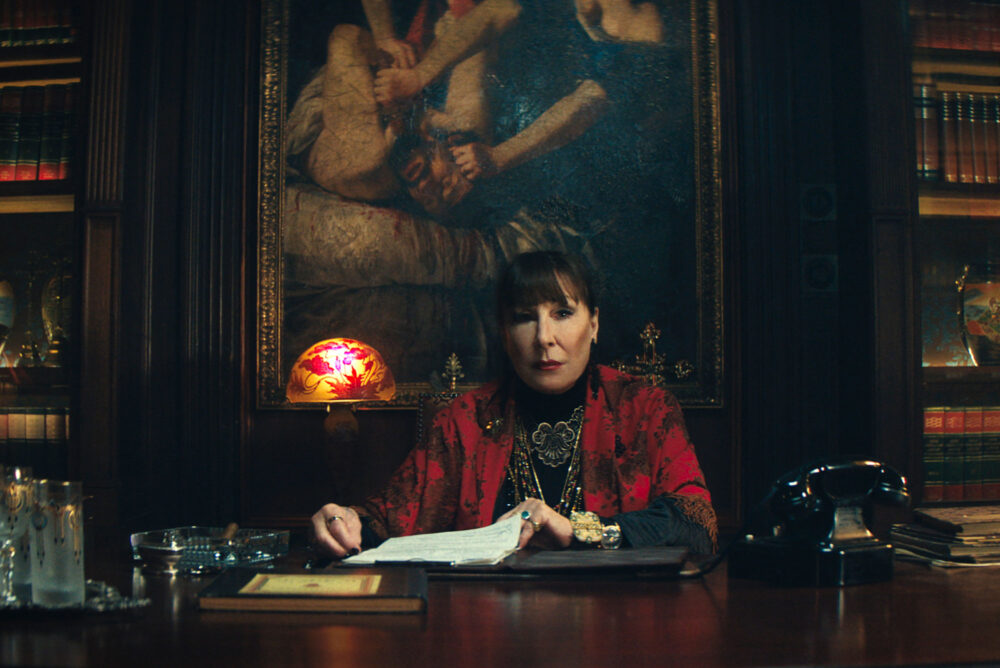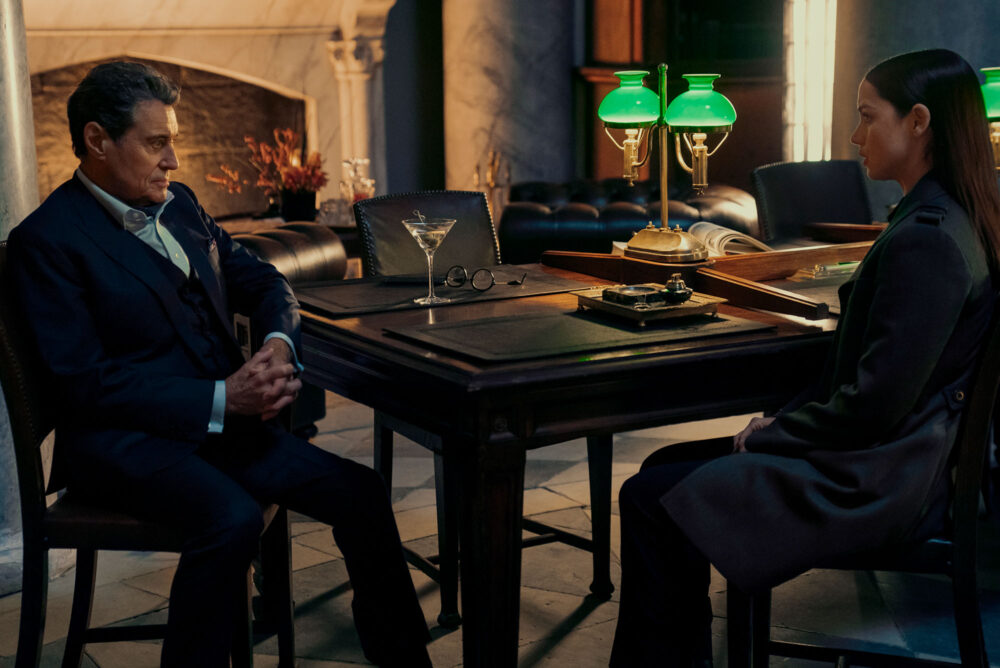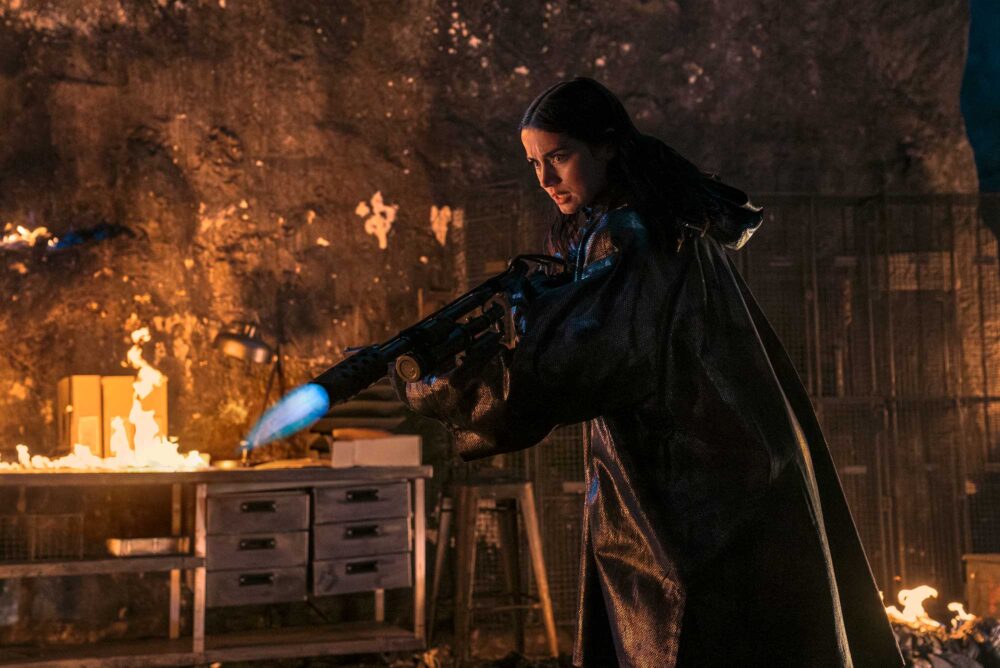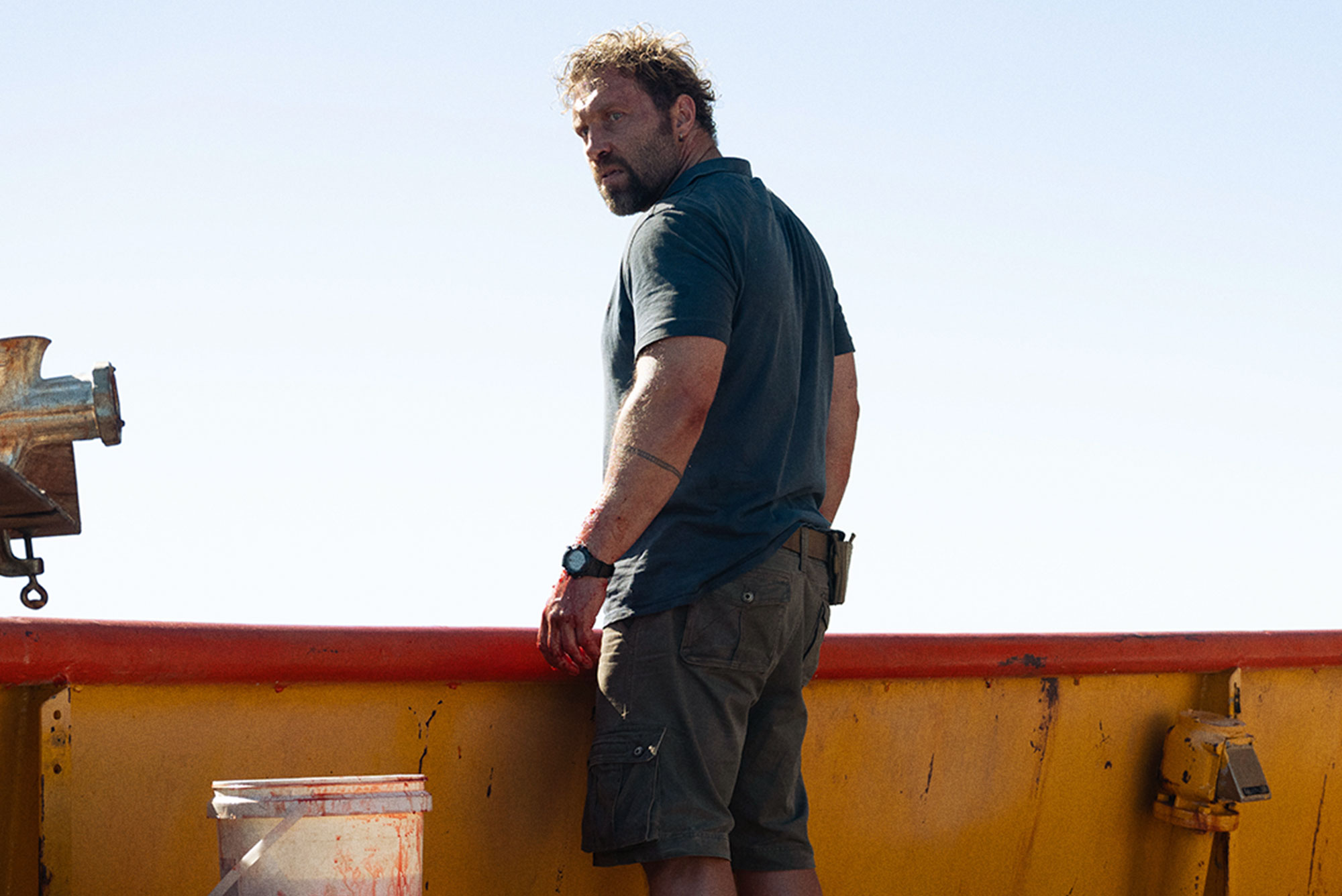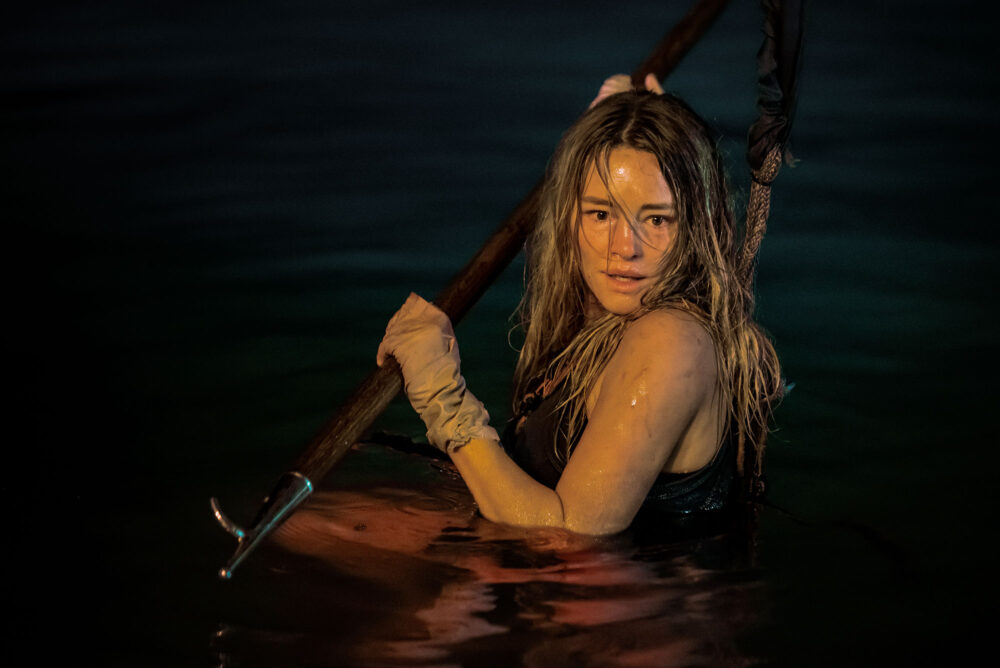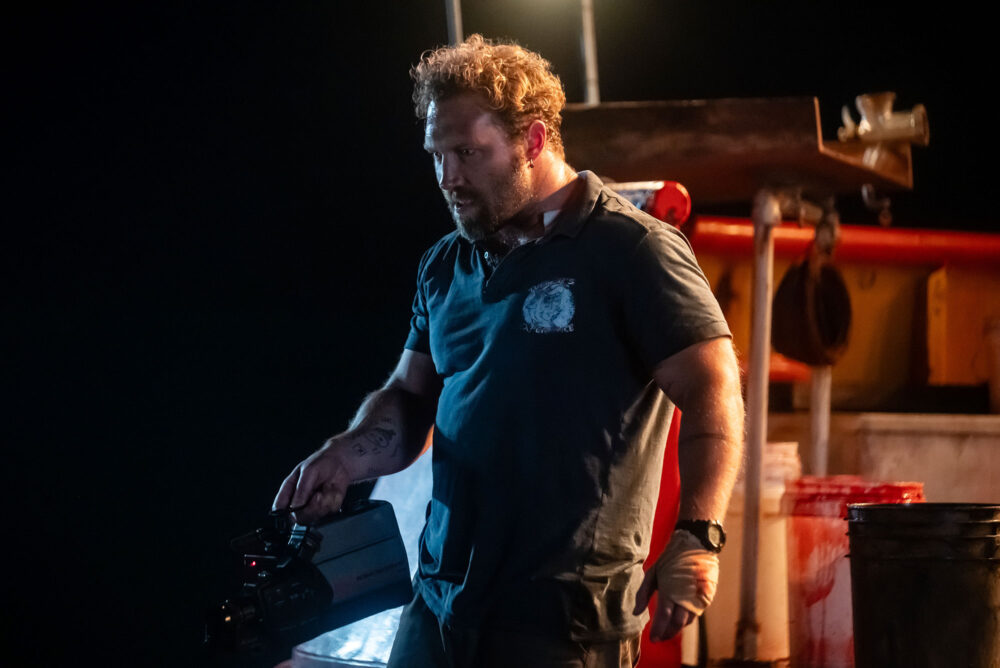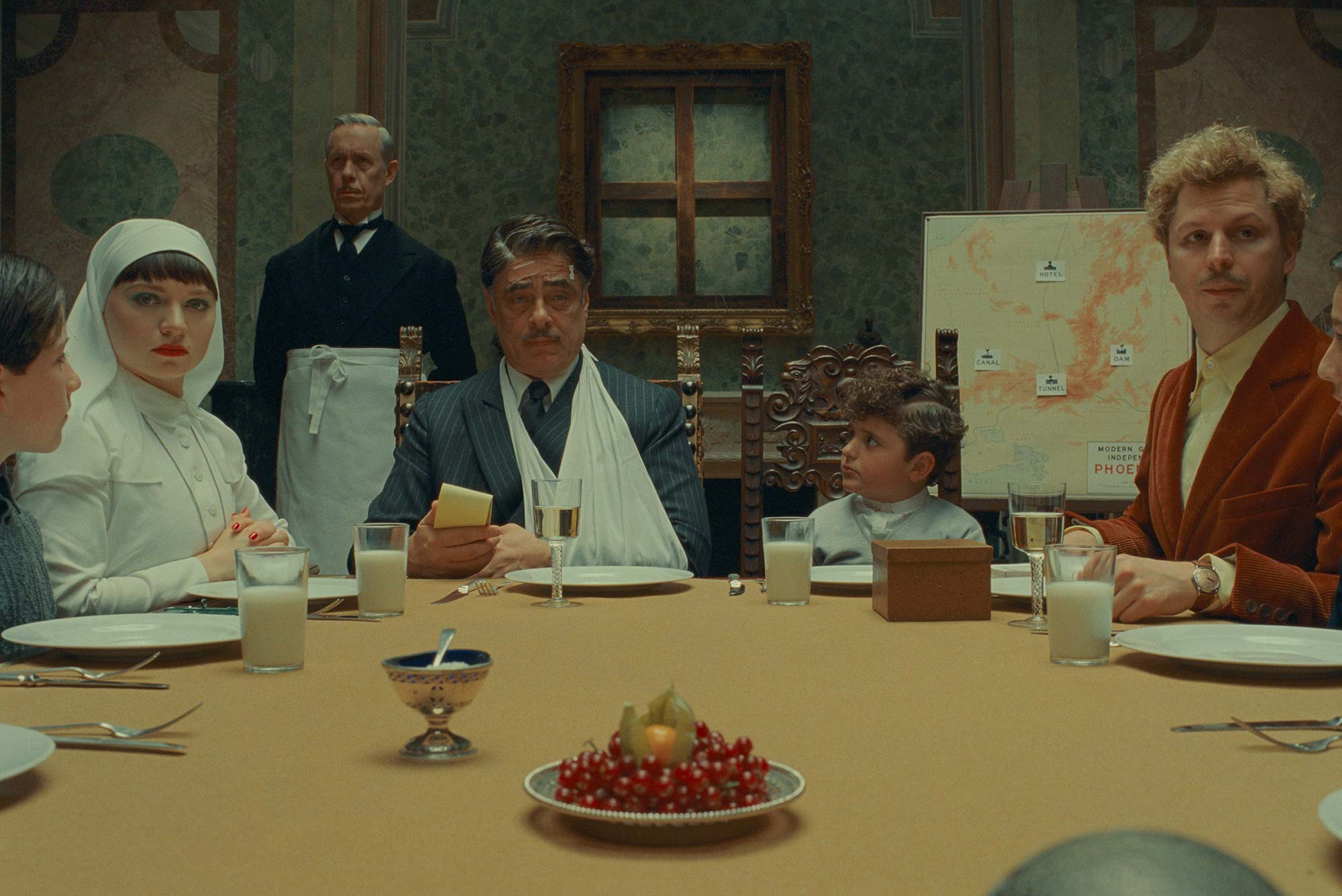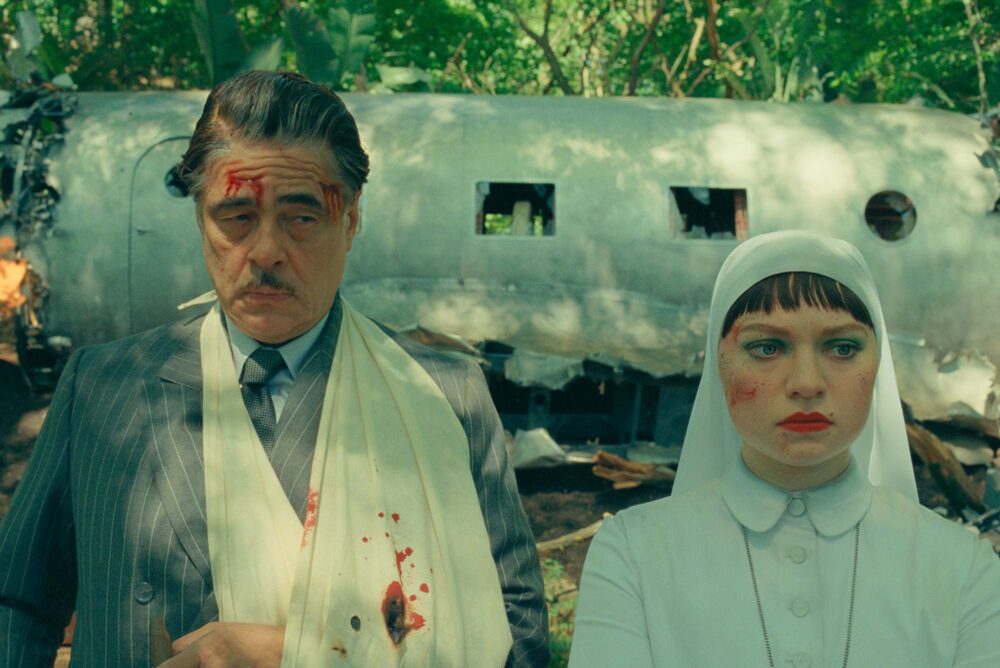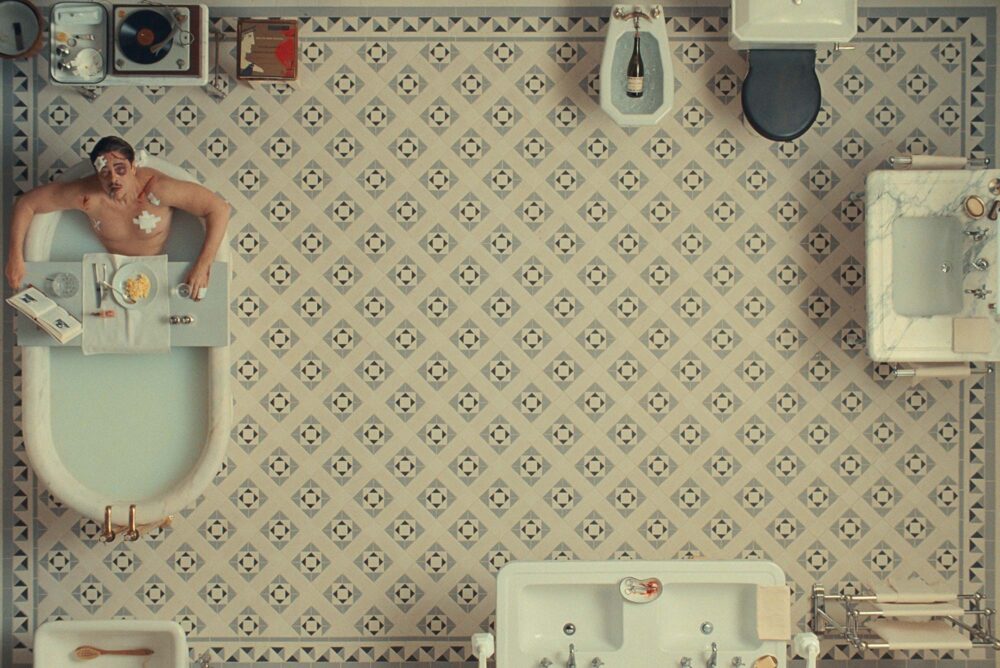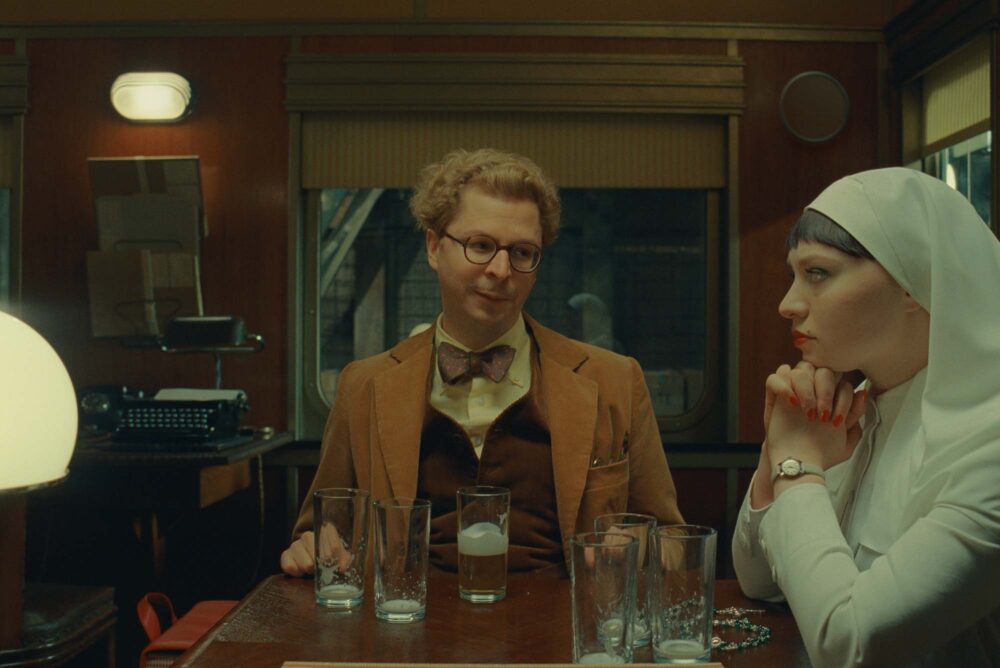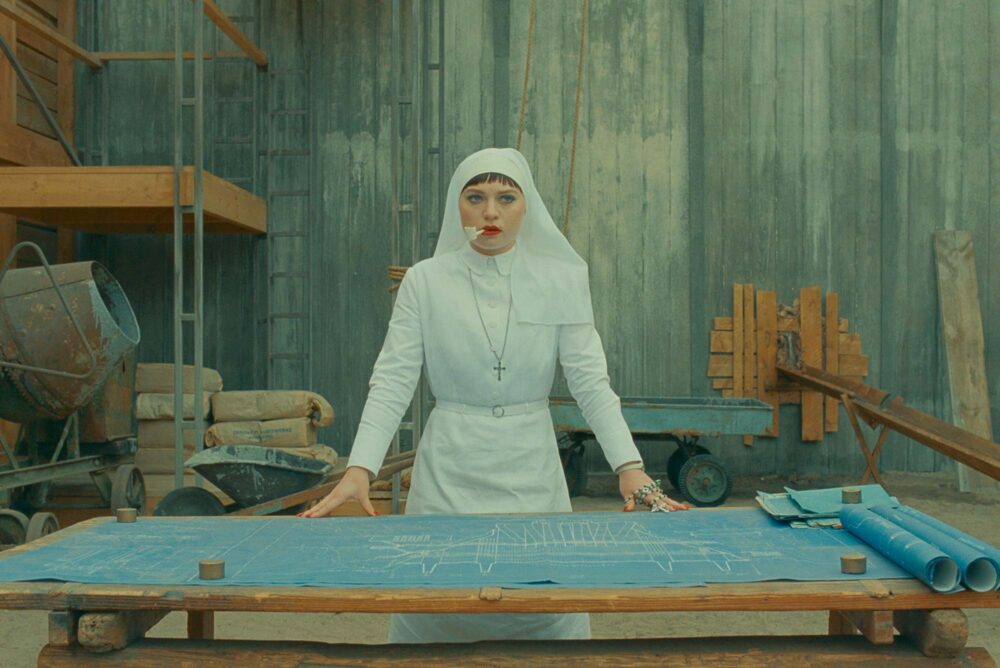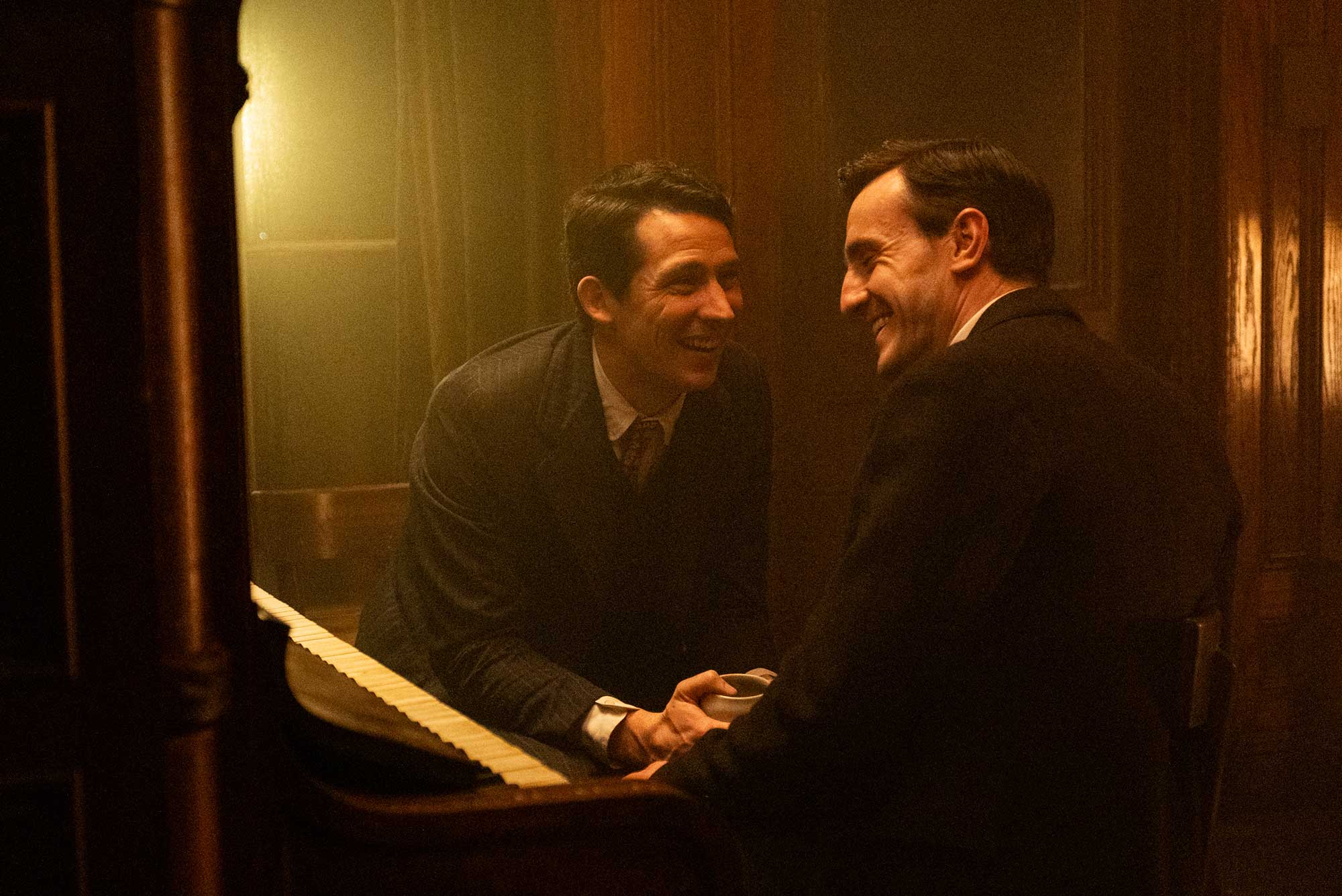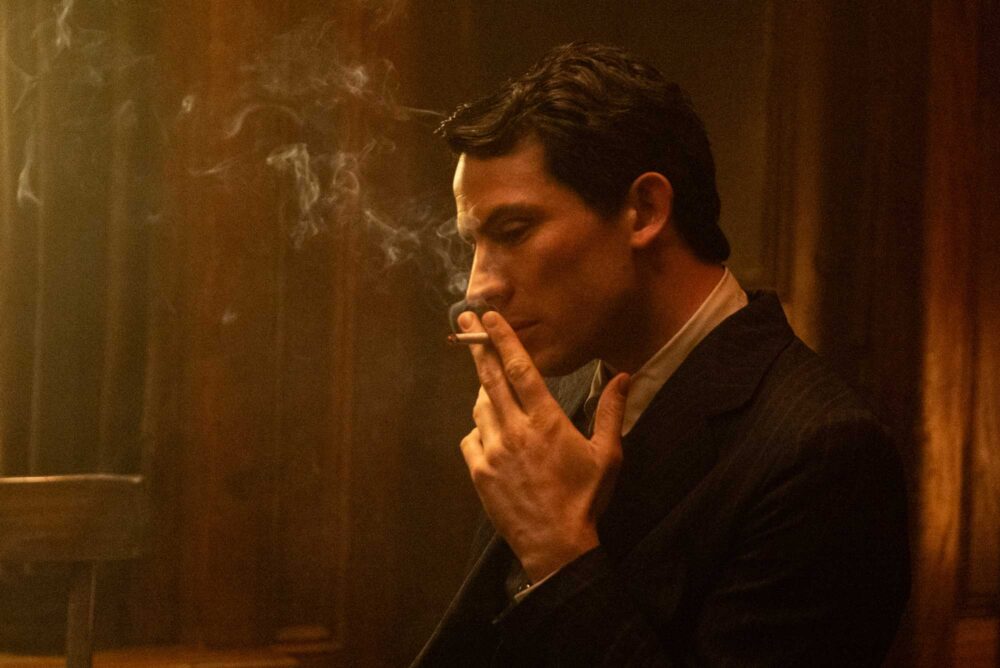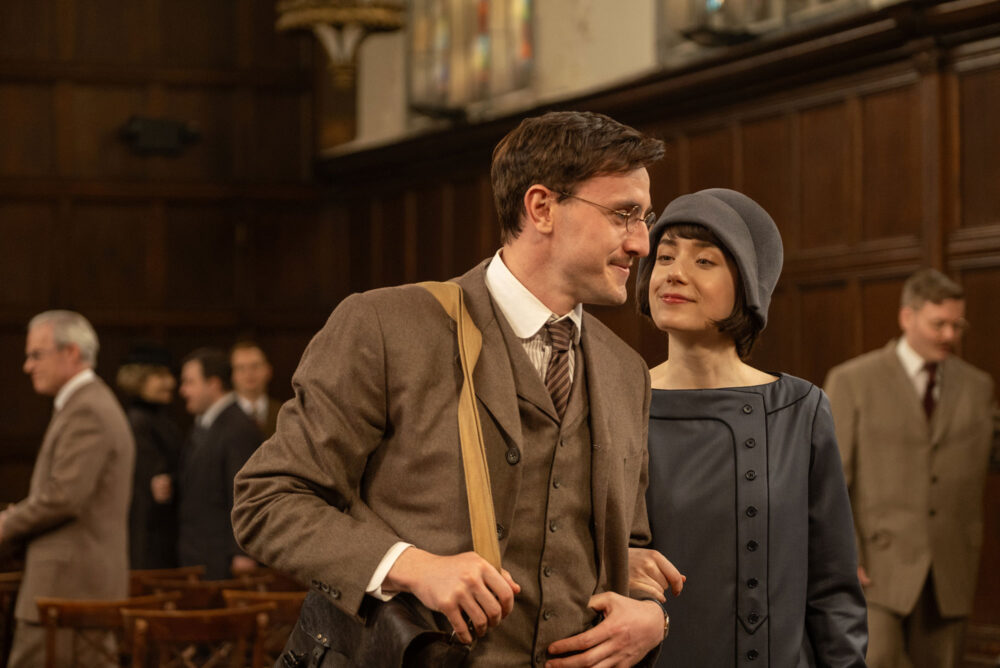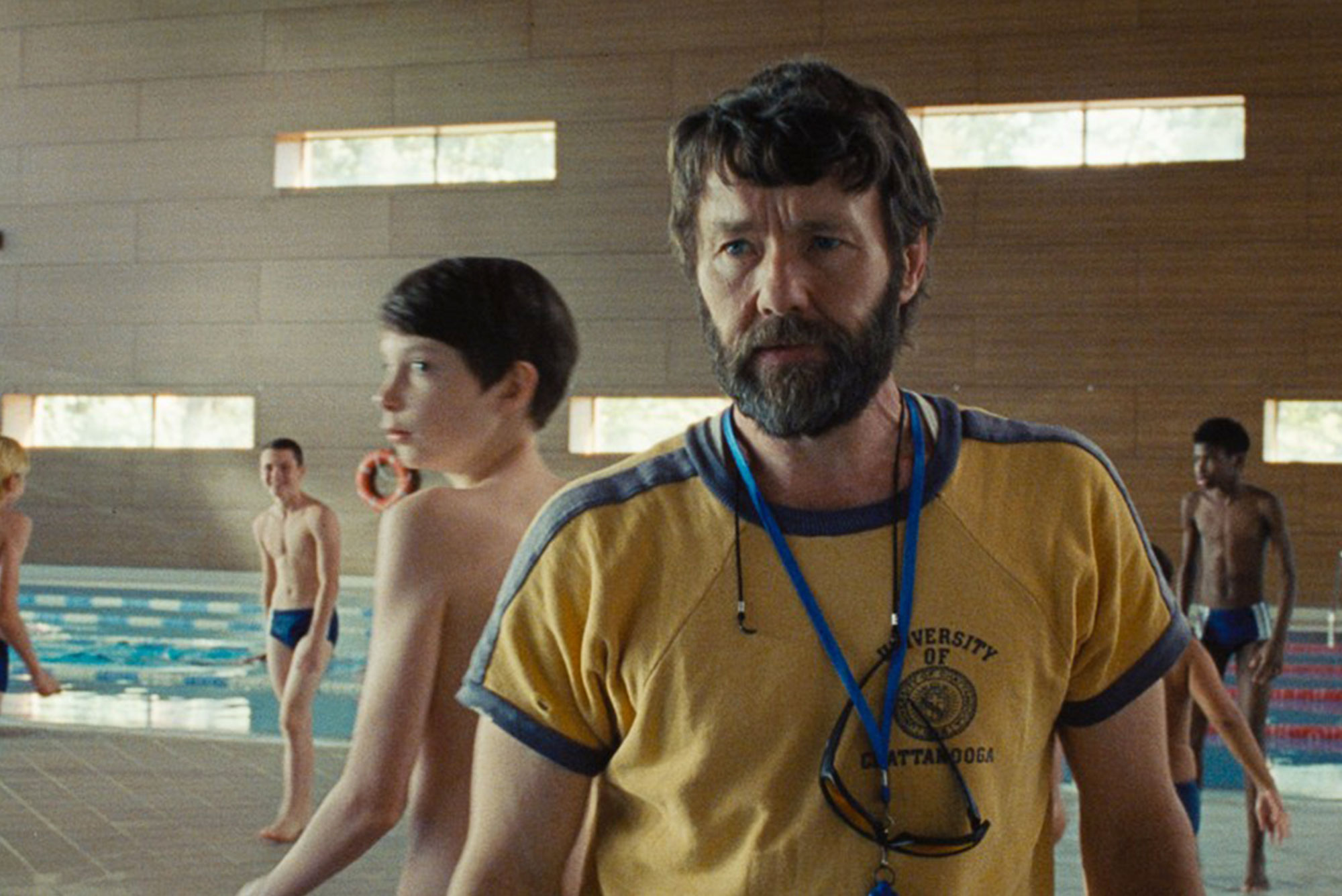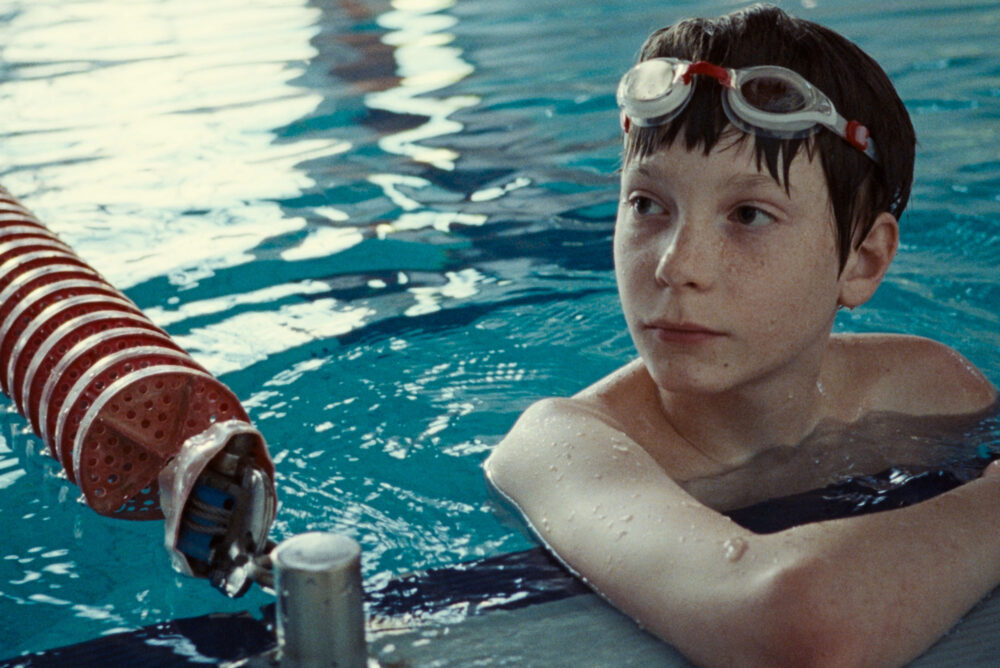Words by JANE CROWTHER
If you liked Guardians of The Galaxy and the latter Suicide Squad, then James Gunn’s signature goofy take on Superman is going to hit all the right notes. As the new head honcho at DC (alongside Peter Safran) the filmmaker’s fingerprints are all over this reboot from the irreverent tone to the colour pop visuals, the needle-drop soundtrack to the easter eggs.

Instead of starting from scratch with an origin story, Gunn’s Superman plops us down right in the middle of the Man of Steel’s (David Corenswet) busy schedule. Having just stopped a war between two fictional countries (though real headline nations could easily be inferred from the geo-politics), he’s taken a beating from a mecha ‘Ultraman’, the design of tech wiz, Lex Luthor (Nicholas Hoult) and is lying in the arctic in need of help. Enter Krypto, an incorrigible super mutt who lives at Supe’s robot-staffed Fortress of Solitude and is MVP of the film whenever he pops up, one ear cocked. Superman is trying to negotiate his life as journalist Clark Kent, secret boyfriend to ace reporter Lois Lane (Rachel Brosnahan) and emblem for good. It’s not going so well. Lois may have the hots for Clark and the cape but she’s uncertain about the relationship, Superman’s media profile is iffy and his purpose is unclear despite his ‘aw shucks’ sweet optimism in the face of social media trolls, spin doctors and world politics. Luthor, it turns out, has an queer coded obsession with Superman that is driving his need to create pocket universes, establish conflict and rip a black hole in Metropolis. If that were not enough to contend with, Superman also has other superheroes to navigate: shapeshifting Metamorpho (Anthony Carrigan), Green Lantern (Nathan Fillion plus comedy wig), Hawkgirl (Isabela Merced) and Mister Terrific (Edi Gathegi, being truly terrific).
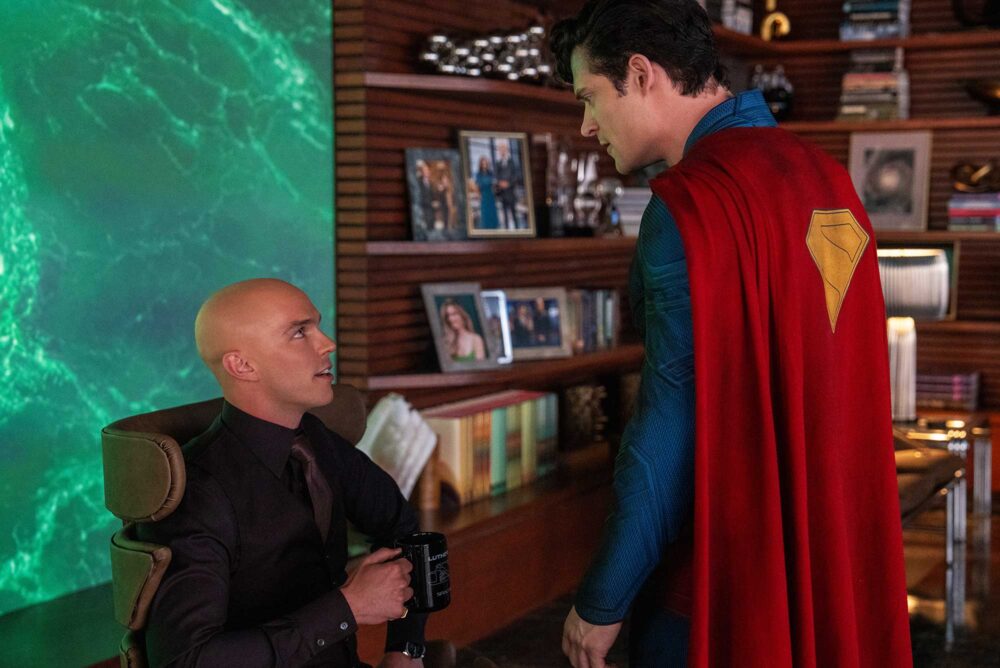
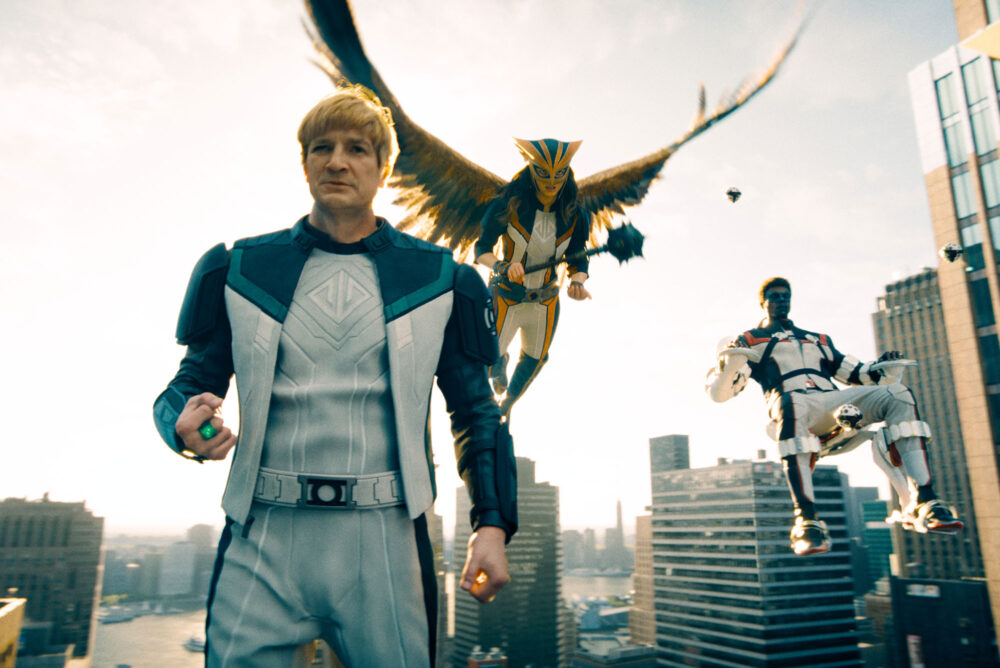
As Superman grapples with his identity and buildings cave, Gunn explores themes of imperialism, colonialism, immigration, social media and whether it’s enough to be merely ‘good’. In a zingy interview between Lois and Clark (and the most interesting part of the film) the duo flirt and fight over whether Superman needs to contextualise his actions; if, in today’s complicated and nuanced world, anyone can ever truly be non-partisan. It’s one of a number of moments that pulls Superman very definitely into the 21st century – there’s a cute explanation for why people don’t recognise Supes in Clark Kent’s glasses, monkeys on keyboards are literally represented, Luthor has a relatable vulnerability and Christopher Reeve’s son Will makes a cameo. But there’s also regression; Luthor’s airhead girlfriend seems out of another decade and there’s no getting away from CGI ‘destruction porn’. However, if you’re looking for laughs, a defiantly comic book world and a delightfully relatable Kal-El in Corenswet (who seems physically built for this with his expressive cornflower peepers and a jawline that might have been drawn), Gunn flies high.
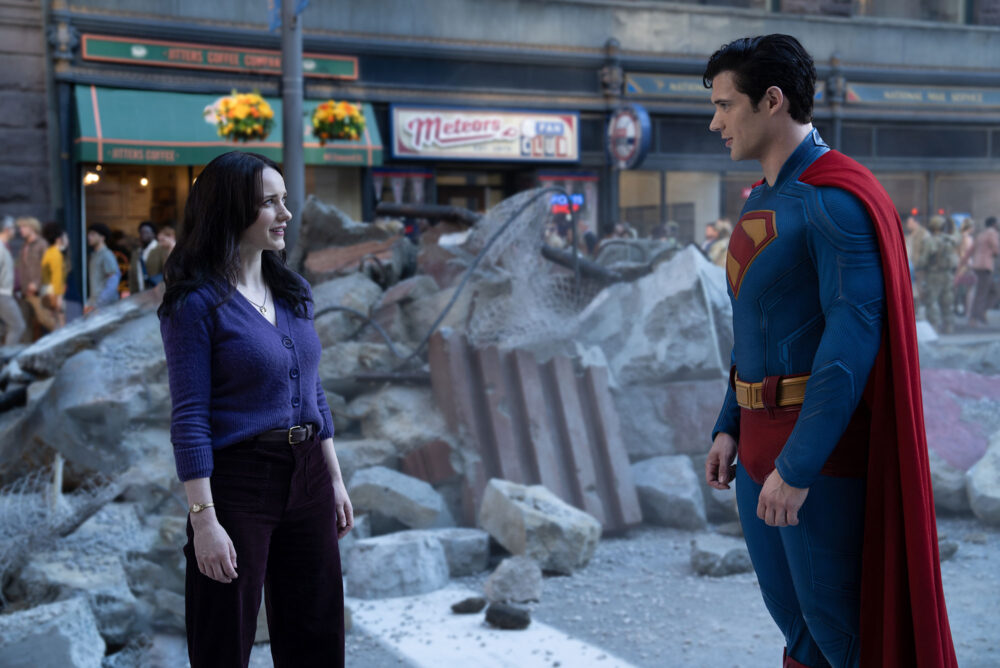
Words by JANE CROWTHER
Photographs courtesy of Courtesy of Warner Bros. Pictures
Superman is out in cinemas now

